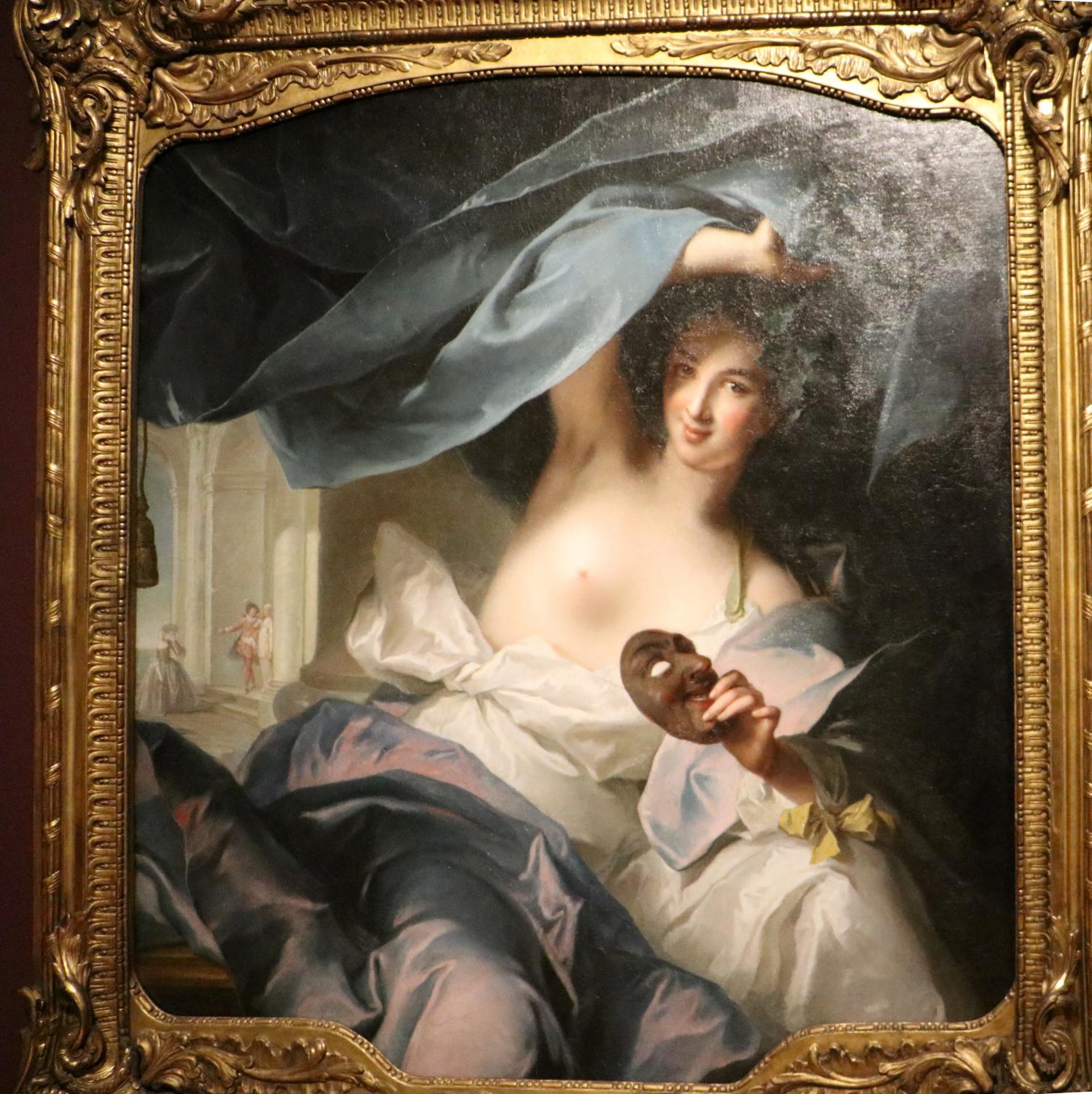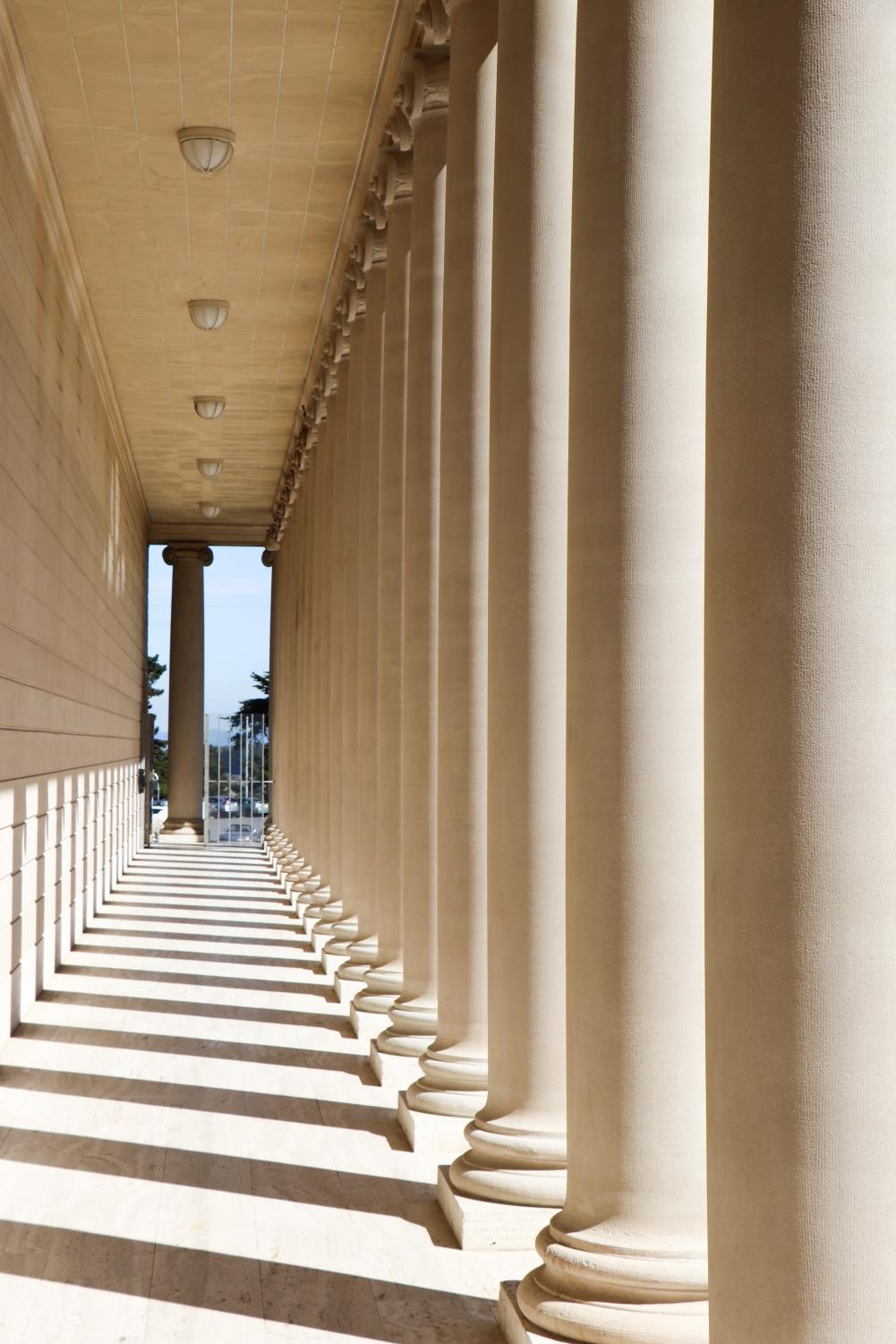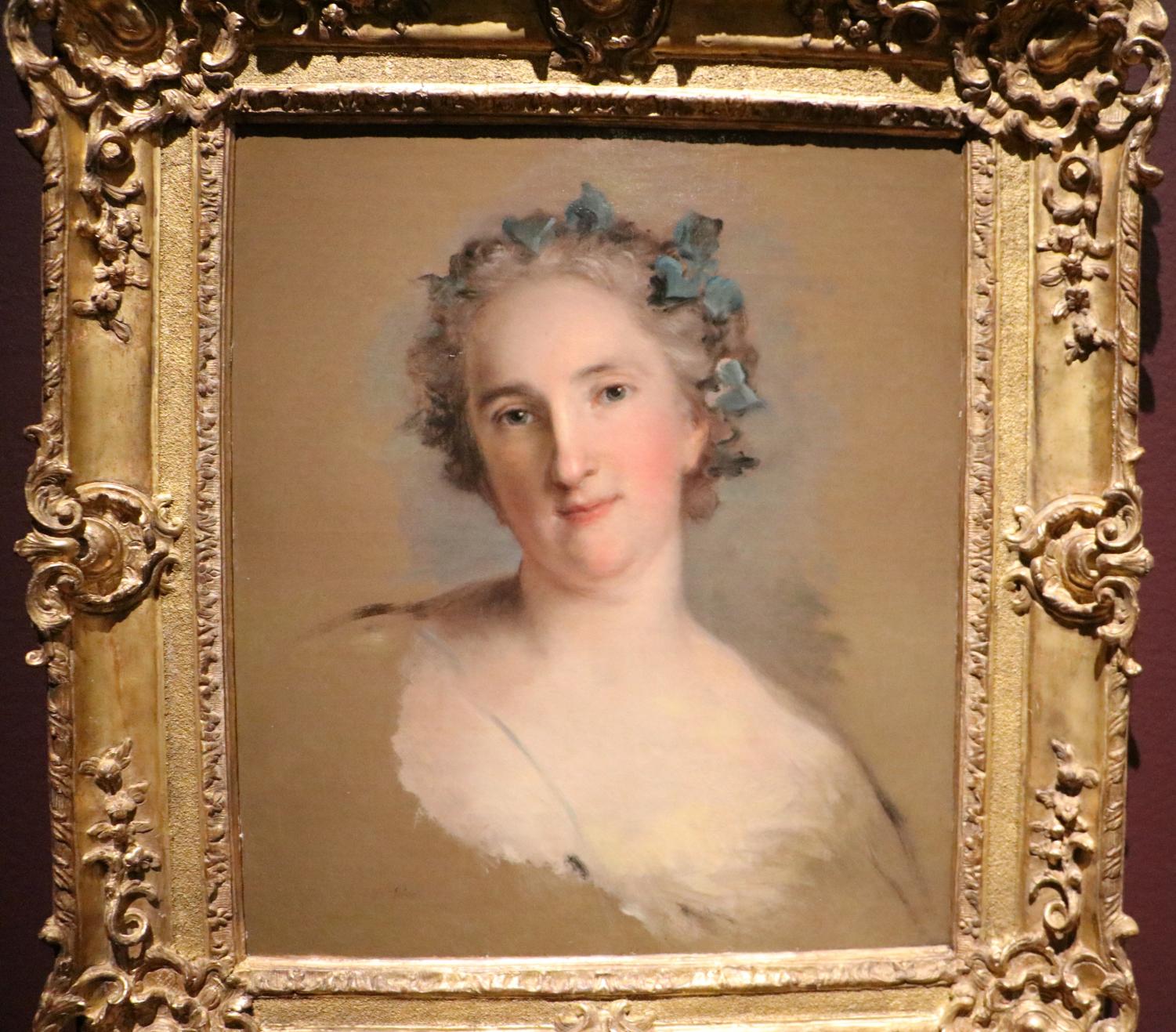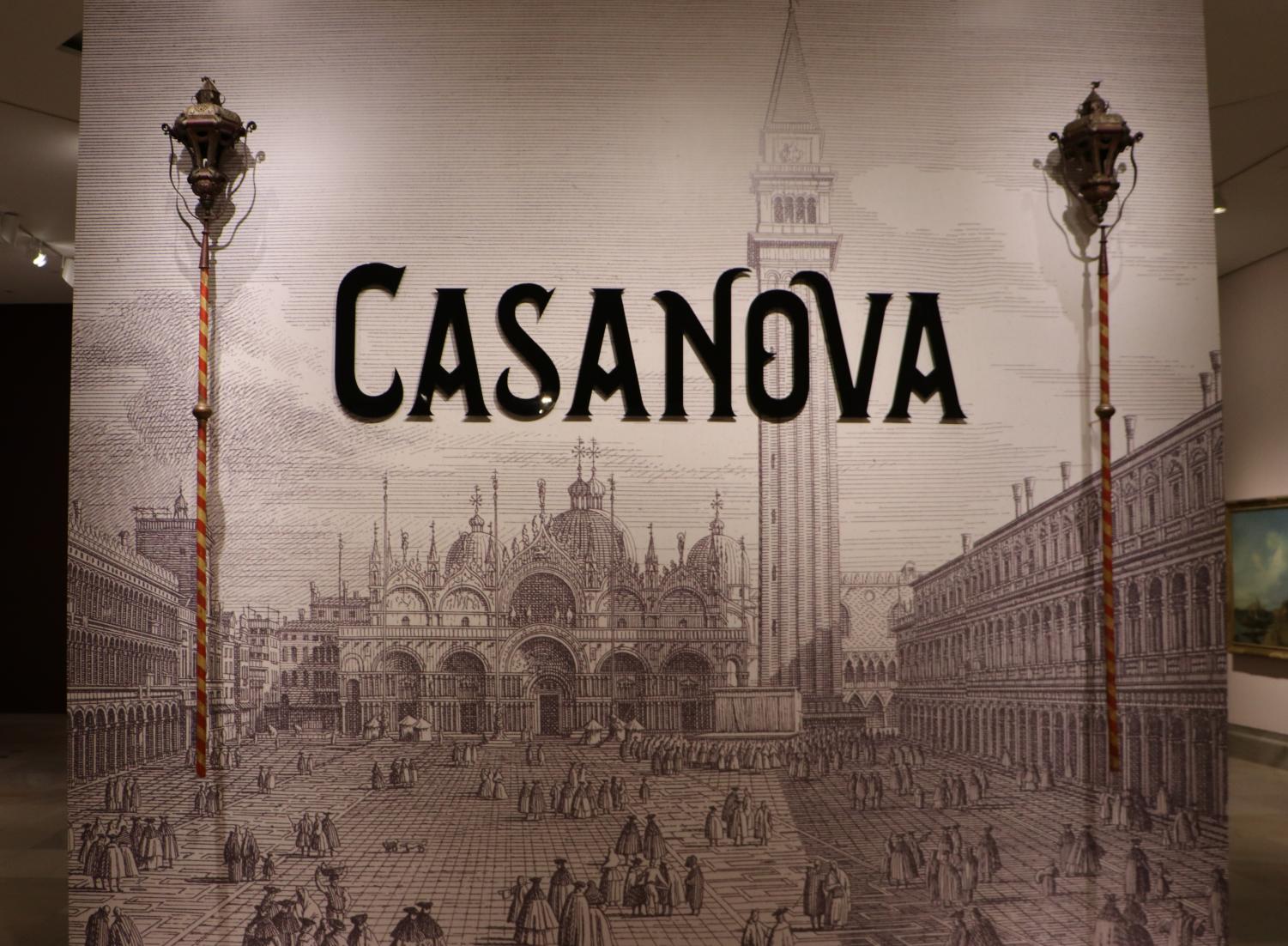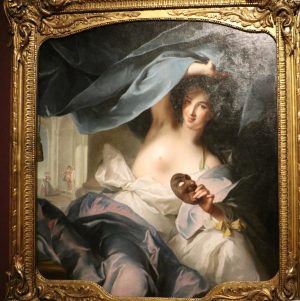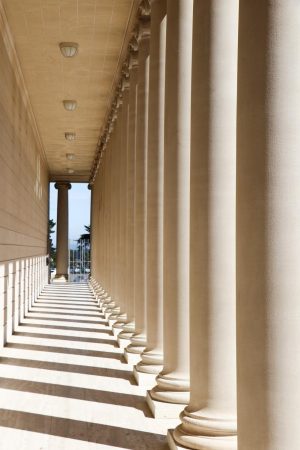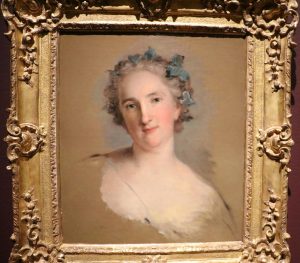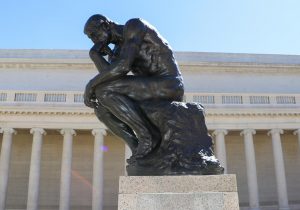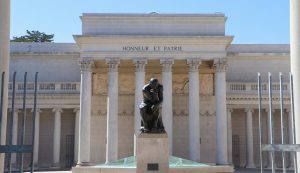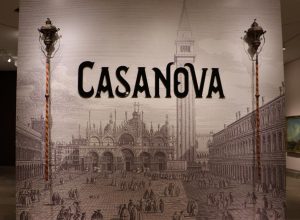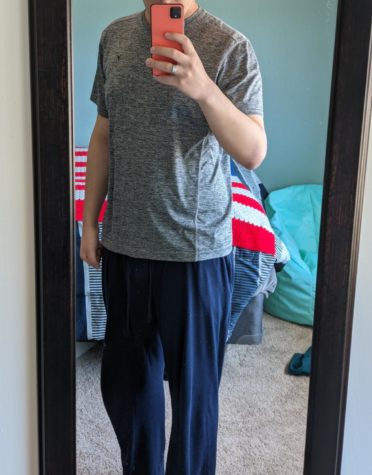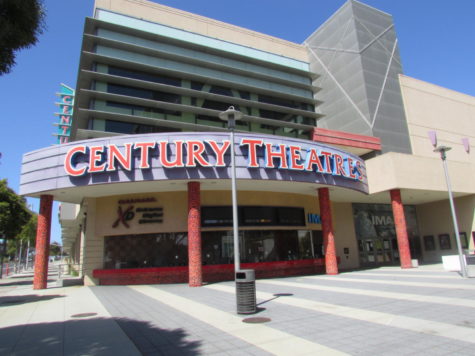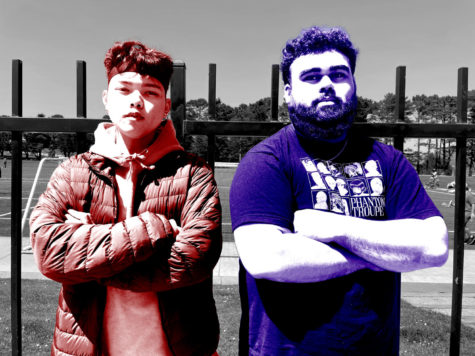Museums struggle to interest youth
College students are not visiting many local museums that offer a wide selection of exhibits
Museums in San Francisco offer a wide range of exhibits that have successfully attracted children and the elderly, but despite discounted prices and night time events, they struggle to bring in young adults and college students to their galleries.
Located in the backyard of Skyline’s campus, The Fine Arts Museums of San Francisco which include, the De Young Museum and Legion of Honor, are offering more contemporary exhibits and night time events in an attempt to appeal to a younger crowd.
However, visiting these local landmarks can offer more than just fine art. Cafes, scenic views, and special events are a few of the many amenities available, yet museums still struggle to attract the young adult population.
Twiggs Miller, who works in visitor and member services at The Fine Arts Museums of San Francisco described why he thinks college-age students are not coming to the museum more.
“People don’t think of museums as cool,” Miller said. “They have certain preconceptions about art, that doesn’t make it a lively and happening place to be.”
Traditionally, The Fine Arts Museums of San Francisco have exclusively featured classical art, but in order to bring in more students and young adults, Miller said the new director at Legion of Honor has brought a “huge push” for the contemporary arts initiative.
San Francisco has a large selection of museums in the area that contain a plethora of information and history. Traveling exhibits often feature world-renowned artists including Klimt, Casanova, and de la Renta. A large number of people go their entire lives without experiencing these local treasures.
“I have never been here before,” said Skyline student Alexis Guillen when asked what brought him to LOH. “Everything that was put on display was interesting.”
Guillen plans on visiting more museums after his positive experience at LOH viewing the Casanova exhibit.
Located 15 miles from campus, LOH has four exhibits: “The Future of the Past: Mummies and Medicine” available through Aug. 26., “Paris 1913: La Prose du Transsiberien and The Flowering of the Avant Garde” available through Aug. 12., “Lynn Hershman Leeson: VertiGhost” available through March 25 and “Casanova: The Seduction of Europe” available through May 28.
Nestled in the historic Golden Gate Park, the De Young has five exhibits including “The Maori Portraits: Gottfried Lindauer’s New Zealand” available until April 1, and “Beyond the Surface: Worldwide Embroidery Traditions” available until March 25.
The Bay Area is teeming with activities that young people and students could be taking advantage of. College students with valid school ID get discounts for a number of local museums. Tickets at The Legion of Honor are $6, De Young museum tickets are $6, the Walt Disney Museum is $20, The Academy of Sciences is $30.95 and the San Francisco Museum of Modern Art tickets are $19 (for people aged 19-24). Free days are also available at most of these places, but they vary depending on which location.
Exhibits available for a limited time at the De young and LOH are subject to higher pricing, but students still receive a reduced price.
The Exploratorium located on Pier 15 in the Embarcadero has limited parking. Private parking lots and metered street spaces are the only option. The De Young and the Academy of Science offers a good amount of free parking. If you are willing to walk, the underground lot costs $6 per hour on weekends and $17 for evening entries after 5:30. LOH offers free parking around the location that is fairly close to the front entrance.
The Academy of Sciences and Exploratorium both have after dark events on Thursday nights that are for adults only. The Exploratorium after dark events are 18 and up and cost $17.95 for pre-sale tickets online. The Academy of Sciences after dark event is for those aged 21 and up and ranges from $15-$22 depending on the event scheduled for that night.
The museums are less than an hour away from campus in a car and they are accessible on public transportation. College students can utilize these educational institutions to further their academic experience, and get more out of their communities.



